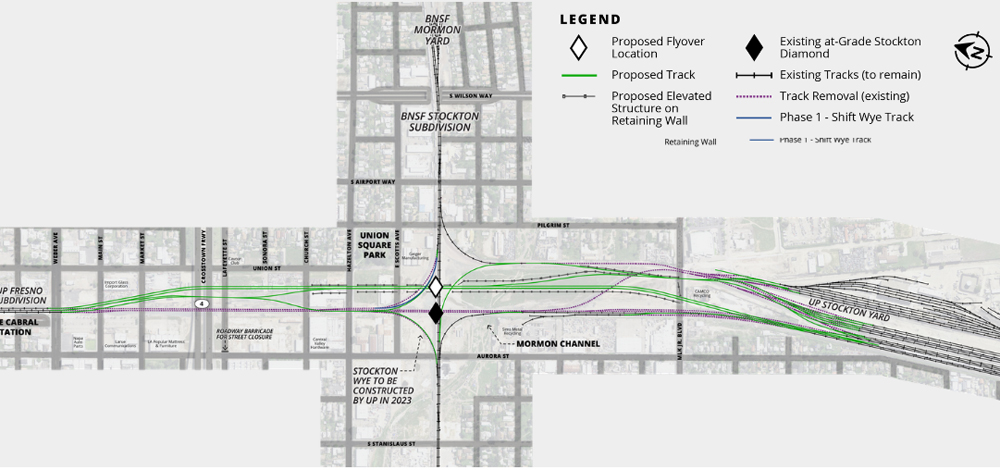
STOCKTON, Calif. — The Stockton Diamond Grade Separation project, which seeks to eliminate an at-grade crossing of BNSF and Union Pacific main lines, has received $14 million in federal Congestion Mitigation and Air Quality funding.
The funding has been approved by the San Joaquin Council of Governments, or SJCOG
“The last thing our farmers and local businesses need is the worst railway bottleneck in the state grinding our economy to a halt,” U.S. Rep. Josh Harder (D-Stockton) said in a press release announcing the funding. “… I look forward to getting this project done ASAP so our goods can get back on the move instead of sitting in traffic.”
In addition to addressing freight congestion, the project will also aid on-time performance for Amtrak San Joaquins and Altamont Corridor Express commuter trains which pass through the diamond.
Stacey Mortenson, executive director of the San Joaquin Regional Rail Commission, which oversees both passenger services, called the news “a major step forward for the Stockton Diamond Grade Separation, addressing longstanding congestion and safety challenges at one of California’s most critical rail intersections. We are grateful for SJCOG’s commitment to our vision of improving regional transportation efficiency, safety, and air quality for San Joaquin County residents, which aligns perfectly with our ongoing mission to enhance regional connectivity.”
Plans call for construction of a flyover to carry the UP main line over the BNSF. According to the project website, as of 2021, the cost of the project was estimated at $237 million, and had $100 million in state and $20 million in federal funding in hand.





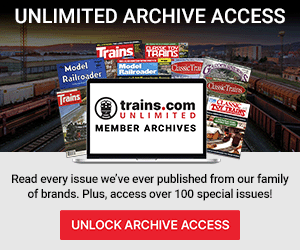
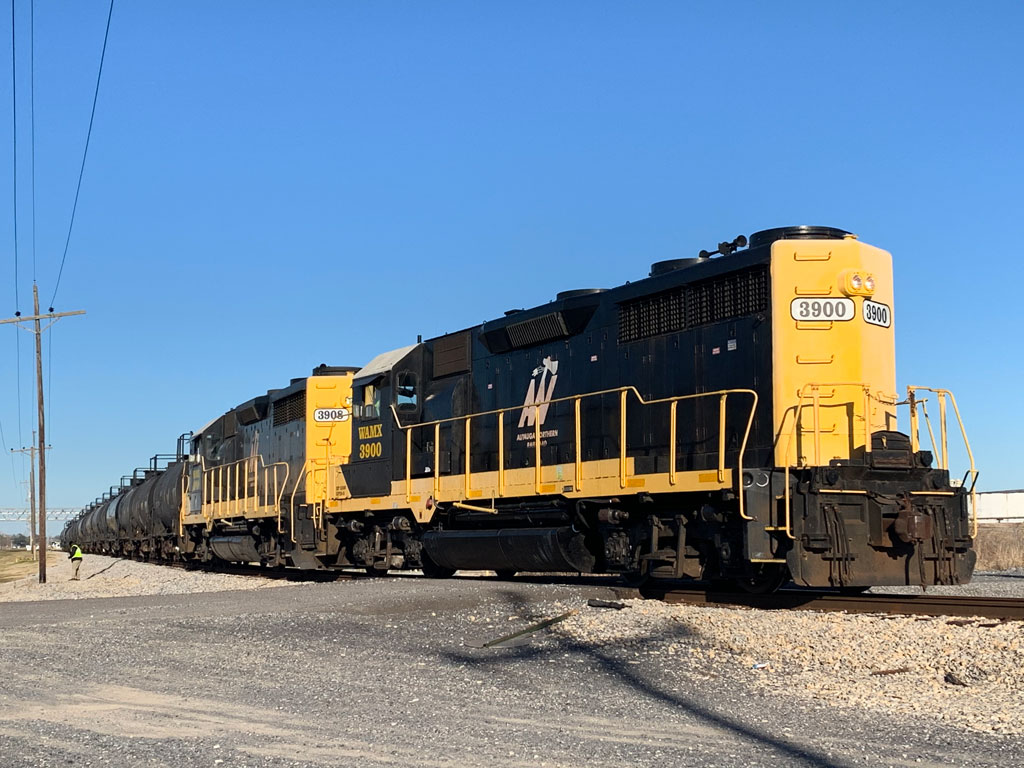
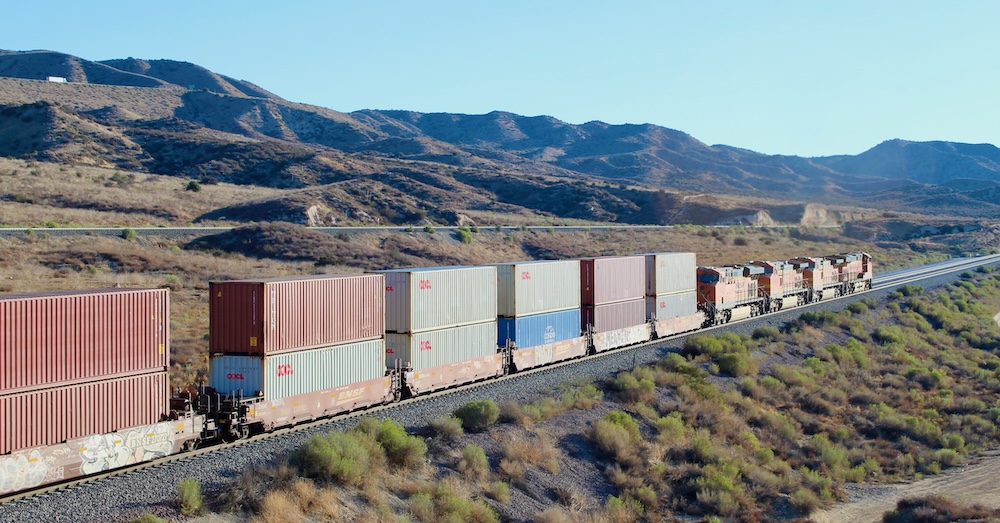
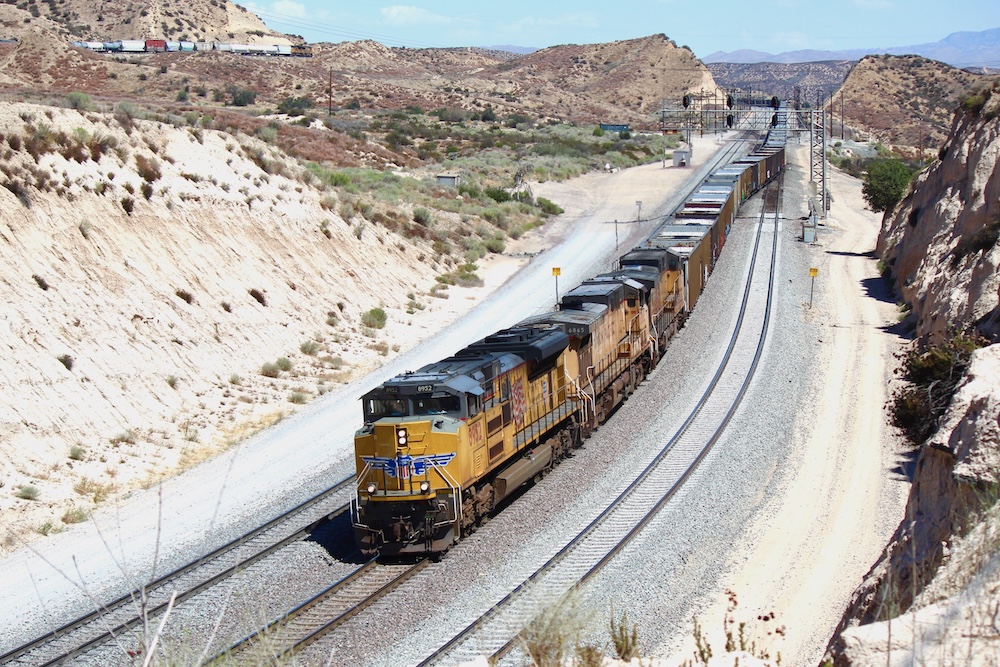
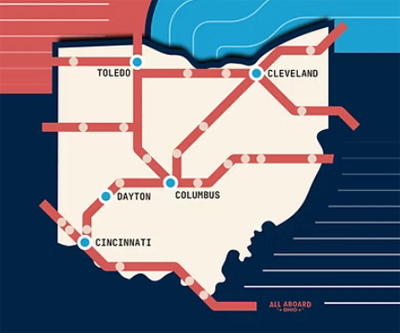
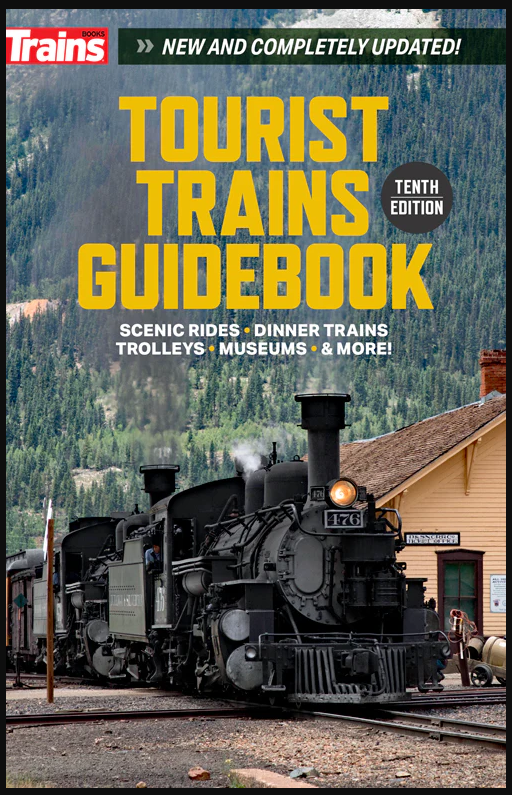
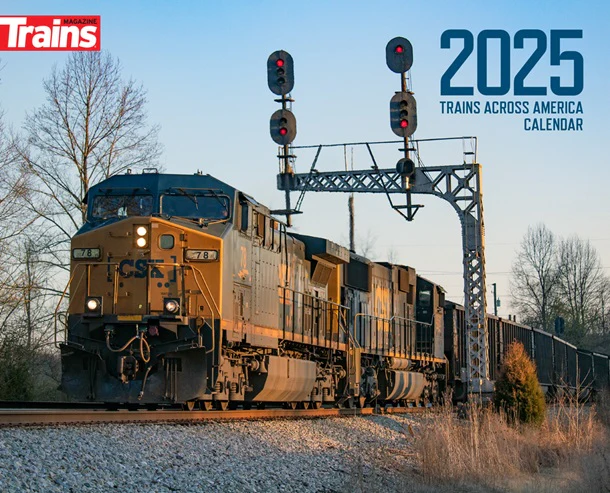
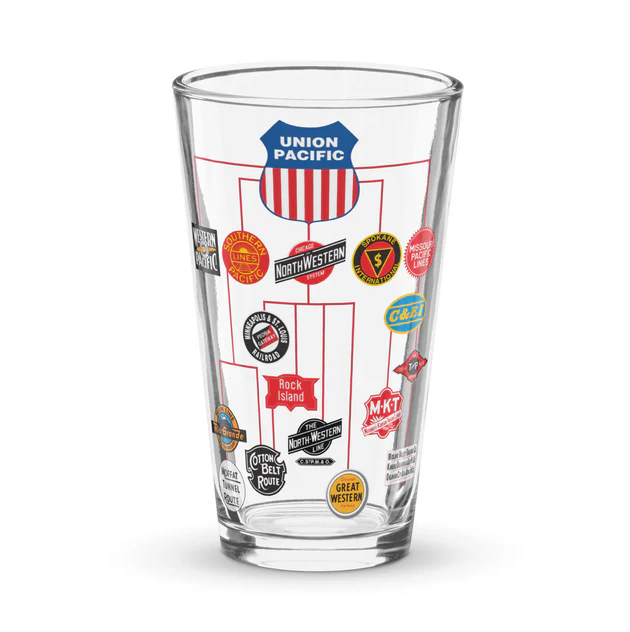
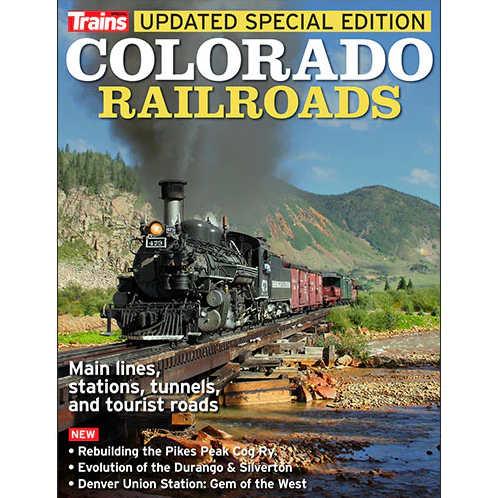
They need that funding even if Gavin Newsom can extend his high-speed line to Sacramento. Stockton Diamonds have to go. This junction is just like 75th Street in Chicago you have two railroads, a regional, commuter service from Caltrans, and 90 Amtrak trains that go through this area every single day. G& E does its implants switching at the Port of Stockton and also at the Port of Sacramento they have track it’s rights on the Union Pacific and on the BNSF as far as the oil terminal in the city of Richmond. BNSF uses junction to get from its yard onto the Tahachapi subdivision and also onto the canyon subdivision to connect its routes between Barstow and Pasco. Union Pacific has the right way since they have acquired disjunction from Western Pacific and from the SP. Then you have two Amtrak trains that come through here every single day of the Coast Starlight and the California Zephyr. And finally you have Capital Corridor trains, San Joaquin service down to Bakersfield, and caltrans and BART which serve San Francisco. In the middle of these diamonds is the Stockton Transportation Center a lot of commuter trains go through there every single day. And the big problem here is freight trains blocked those diamonds from every railroad that there is a frog war. The solution is BNSF has to be taken out of the picture just like CSX has to be taken out of the picture in Chicago. If you install a flyover over the busy Union Pacific tracks it will alleviate congestion in this area and passenger trains will not get the delayed.
…there are not 90 Amtrak trains passing through here a day. It’s closer to 12-14 last I checked. Neither the Starlight nor the Zephyr come through Stockton, it’s all San Joaquins. And it’s UP whose tracks are being raised, not BNSF.
Lotsa public money going to 2 very profitable railroads. Why have CapEx, have the public pay and use the savings for buybacks and executive compensation. What’s not to like about that?
How long has this been on the drawing board?